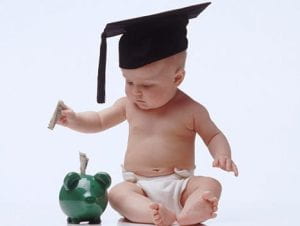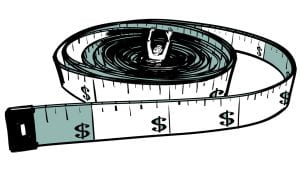Published, Washington State Wire, April 5, 2021 (With Aaron Katz)
 We all know the massive toll that COVID-19 pandemic and its economic fallout have taken on us all. But at long last, we are starting to see hopeful signs of better days ahead – increased vaccinations, restrictions lifted, and plans for kids to return to school. So now – right now – is when Washington state needs to invest in proven strategies that will ensure our state’s long-term health and economic recovery.
We all know the massive toll that COVID-19 pandemic and its economic fallout have taken on us all. But at long last, we are starting to see hopeful signs of better days ahead – increased vaccinations, restrictions lifted, and plans for kids to return to school. So now – right now – is when Washington state needs to invest in proven strategies that will ensure our state’s long-term health and economic recovery.
House Bill 1297, which funds an updated Working Families Tax Credit, is just that kind of proven strategy. It puts direct, flexible cash into the hands of those who need it most. In our respective fields of economics and public health, we know that this kind of direct cash is a powerful tool for getting our economy on track and improving the collective health and well-being of people in our state.
Modeled after the highly successful federal Earned Income Tax Credit (EITC), this policy would provide working families with an annual base credit of $500 to $950, depending on family size, with the credit phasing down as incomes rise. Because nearly a half-million Washington state families would qualify for the credit, it would reach one in four kids. This type of direct, flexible cash can be the lifeline that helps someone start a microbusiness, or allows them to pay for needed medical care or unexpected car repairs. Continue reading


 This fall the U.S. Census Bureau brought good news when it informed us that the nation’s poverty rate had fallen from 13.2 to 12.7 percent.
This fall the U.S. Census Bureau brought good news when it informed us that the nation’s poverty rate had fallen from 13.2 to 12.7 percent.

